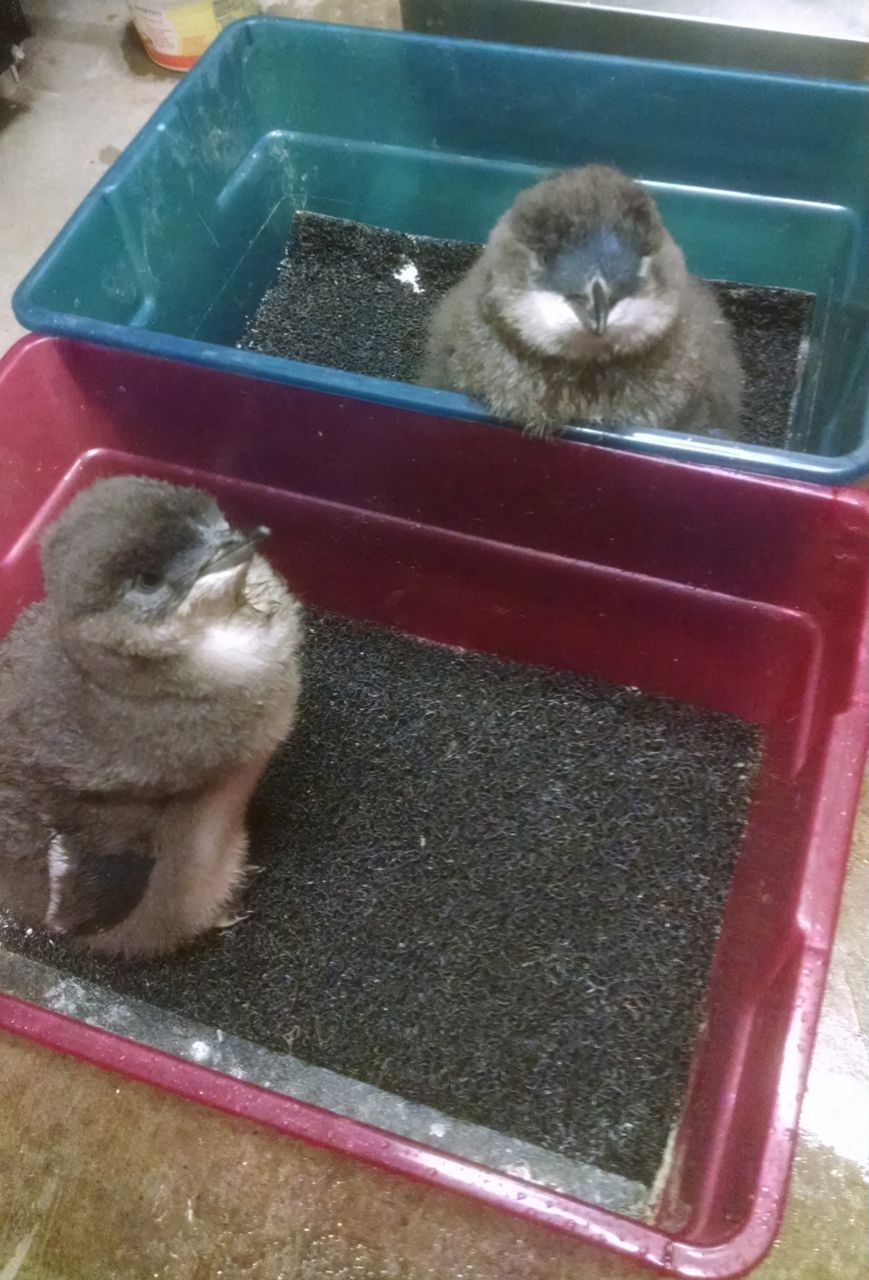FRANKFORT, Ky. – You can now add “Comeback Bird” to the Bald Eagle’s resume. Its population has skyrocketed in the Bluegrass.
The number of bald eagle nests has tripled in the last 10 years.
“It is just a great success story for the Endangered Species Act,” said Kate Slankard, an avian biologist. “Their comeback is just a great example of what we can bring back with concerted effort.”
The Kentucky Department of Fish and Wildlife monitors the number of bald eagle nests throughout the state. In 2019, the agency found there were 187 active nests. That is up from 174 nests in 2018. The number of nests has tripled since 2010.
“To think that in 1987 we only had 1 eagle nest that everyone was making a huge deal out of,” said Slankard. “Now there is almost too many to count.”
There are a couple of factors that helped pave the comeback trail for the bald eagle.
A federal ban of a pesticide called dichlorodiphenyltrichloroethane (DDT) in 1972 was pivotal. DDT was harmful for eagles and the environment as a whole. For example, the agent made eggshells very weak and thin which put them in danger of being crushed during nesting.
Slankard said that bald eagles are a good litmus test for if an ecosystem is healthy.
“Bald eagles can be good indicators of environmental quality because they can alert us to things that can cause trouble to people and ecosystems,” she said.
Several laws helped try to help the raptors out. The 1940s saw the Bald and Gold Eagle Protection Act. This was the first law enacted to assist bald eagle preservation.
In 1973, there was the Endangered Species Act. Bald eagles were included as a protective species under provisions of the act.
There were 4 laws passed throughout the mid-twentieth century that included the preservation of bald eagles. In the 1980s and 1990s, the United States Fish and Wildlife Service published detailed conservation plans for bald eagles that included region-specific guidelines.
Kentucky was included under the 1982’s Southeastern Bald Eagle Recovery Plan.
All of this led to bald eagles being removed from the endangered species list in 2007.
Slankard is optimistic about the future for the species.
“We do have plenty of space to fill I think,” she said. “We’ll see growth for many years to come before we will see it slow down.”
You can report an eagle nest to the Kentucky Department of Fish and Wildlife. The number to call is 1(800)858-1549.








